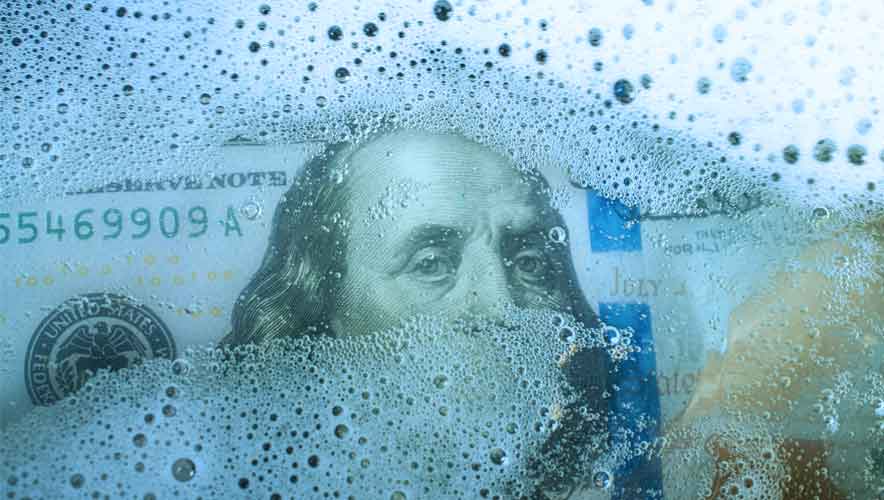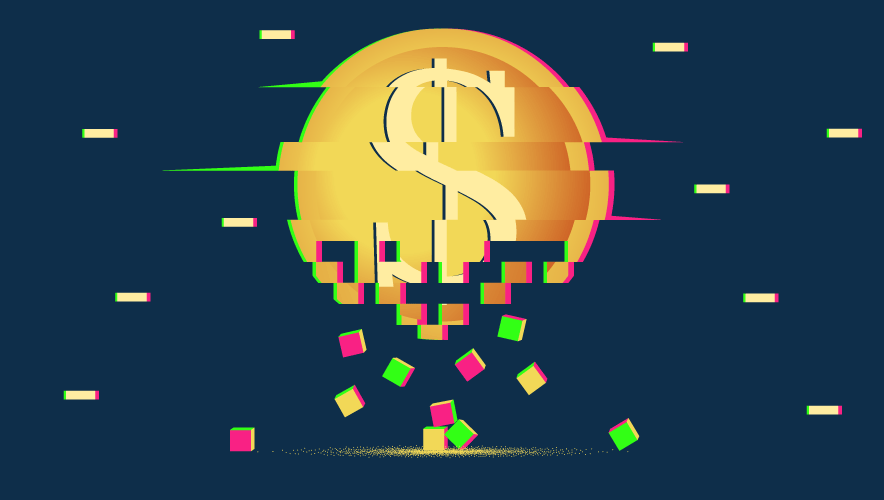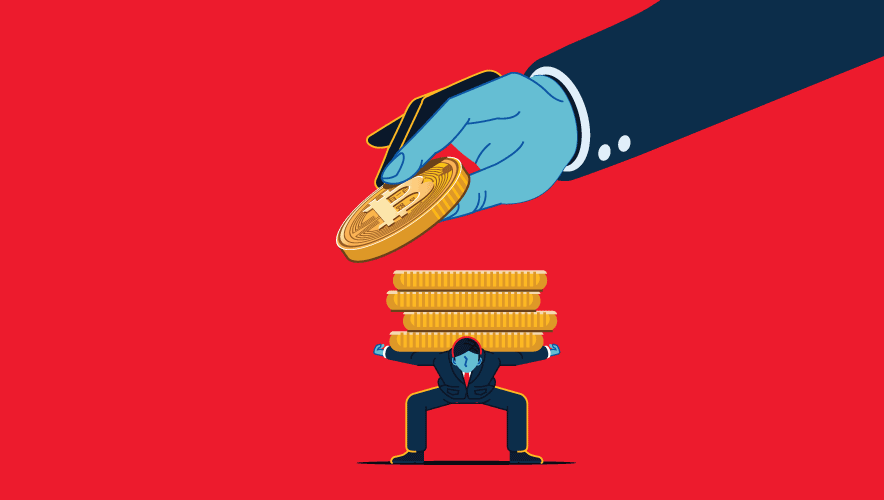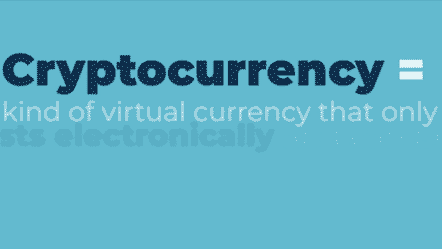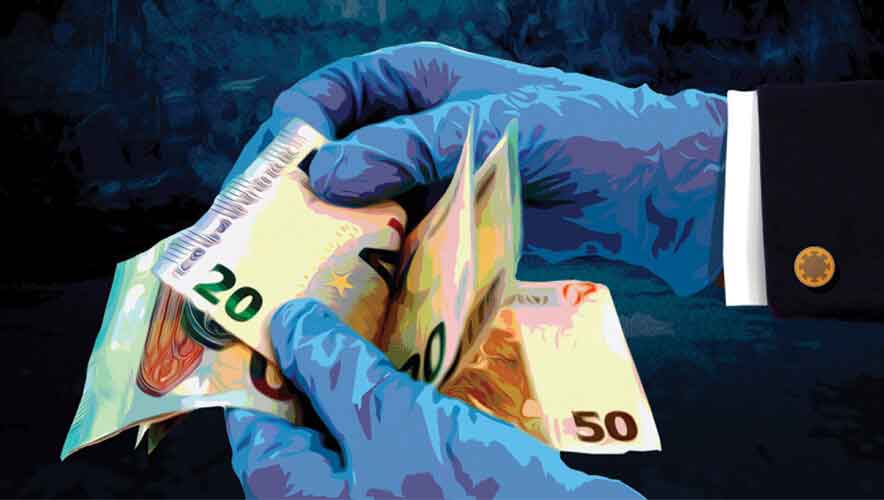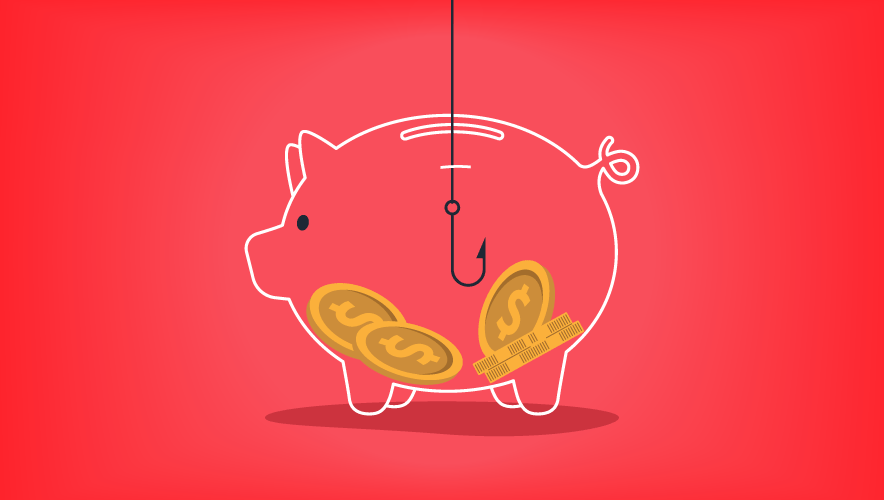So You Want to Know About Money Laundering
People point to different historical moments or people as the origins of the term “money laundering.” Some cite wealthy Chinese merchants from more than 2,000 years ago who were involved in then-illegal commercial trading. Others believe that the U.S. Prohibition Era and the notorious gangster Al Capone are the source of the term.
Yet, the first time the term appears to have been used in the media was in a 1967 Life Magazine article, “The Scandal in the Bahamas,” which looked at corruption, crime, and violence throughout the island nation and the non-citizens using the nation’s banks to hide illicit funds. Less than 10 years later, The New York Times used “laundered” again—this time in reference to the Watergate scandal in the article “An Explanation: How Money That Financed Watergate Was Raised and Distributed.”
In general, money laundering boils down to three different stages: placement, layering, and integration.
Placement is when the illicit funds (aka, “dirty” money) are initially placed into the legitimate financial system. Whether it comes in the form of money or valuables, the goal is to deposit these via launderer or front person without being detected by law enforcement.
Often, the funds are split up into smaller amounts—a process called structuring or smurfing—which allow the deposits to remain under reporting thresholds.
Then comes layering, where the money is moved, sometimes multiple times, via wire transfers or money orders to generate distance from the profit’s origin. For example, a launderer might disguise the transfers so that the funds would appear to be payments generated from the purchase of legitimate goods or services. Sometimes, a money mule might be involved; this person pretends to be hired for a job or gig so when he or she is paid, the funds are actually forwarded through the mule and back to a launderer.
And in the final stage—integration—the “cleaned” funds are reintroduced into the legitimate economy. The money is then used for other financial purposes. Funds generated can go towards purchasing real estate, investments, luxury items that tend to hold value, or even items or services that can support future illegal activities.
Currently, there are several methods money launderers can use to push illicit funds through this cycle.
Traditional Banking and Financial Services
“Banks remain a popular mode of money laundering and terrorist financing for their convenience, reliability, and the sheer volume of daily transactions that are impossible to monitor completely,” wrote Celina Realuyo in a Wilson Center report, “Following the Money Trail” to Combat Terrorism, Crime, and Corruption in the Americas. Realuyo, an expert in illicit financing and organized crime in the Americas, is a lecturer at The George Washington University.
Transnational criminal organizations (TCOs), such as Mexican drug cartels, often rely on banks, wire transfer services, remittances, and currency exchanges to launder funds.
Cash Smugglers
Money can weigh a lot. If someone has $1 million in U.S. currency, it will weigh approximately 2,204 lbs if all of it is in one-dollar bills, 110 lbs in $20 bills, and 22 lbs in $100 bills.
Given its physical dimensions, smuggling cash can be tricky, but for criminal actors it is also a sure way to bypass reporting requirements and doesn’t leave a paper trail for law enforcement to pick up on.
To smuggle the cash, traffickers can use containers, trailers, and human mules to transport these funds across international borders. Sometime the containers or trailers can be camouflaged to appear like legitimate goods, while the smugglers will falsely claim on ledgers that the cash is instead a corresponding item.
Trade-Based Money Laundering
This kind of scheme involves moving illicit funds through an invoice fraud or similar method, according to “Money Laundering: History, Regulations, and Techniques,” a 2021 academic analysis of the issue.
With insiders or leverage at existing companies, or perhaps through a front company established by a launderer or straw-person, one company (B) will invoice the other company (A). The invoice mispresents the price, quantity, quality, or cost of shipment of the goods, essentially delivering more or less than what Company A paid for. This allows Company A to move illicit funds in a manner that seems legitimate, thanks to the complicity of Company B.
For goods purchased at a price less than the market value, Company A can then resell those items and make a profit. When Company A is overcharged, sometimes the goods only appear on paper or Company B is also owned by the launderer.
Prepaid Cards
Prepaid cards, such as gift cards, can often be used and then reloaded while giving users anonymity. Also, these forms of currency can be legally carried across some nations’ borders without needing to fully disclose their worth.
Under the European Union’s current Anti-Money Laundering Directive, reloadable prepaid cards are banned from exceeding a monthly threshold of €150.
In the United States, the Bank Secrecy Act does not currently limit prepaid cards since they are not viewed by the legislation as monetary instruments. Because of this loophole, prepaid cards loaded with more than $10,000 do not need to be reported at border crossings like cash or other monetary instruments do. As early as 2006, the U.S. Immigration and Customs Enforcement agency identified prepaid cards as a tool for money launderers, estimating that at the time “$30 billion in remittance payments go to Latin America from the U.S. each year, with $10 billion to Mexico alone.”
Because the misuse of gift cards is difficult to trace, it also makes them a preferred method for scammers looking to defraud victims.
Digital Assets
In recent years, nearly everyone has adapted to the Internet and its many uses and benefits—money launderers have adapted, too. They are increasingly leveraging virtual assets such as cryptocurrency to obfuscate their funds’ origins.
“While the use of virtual assets for money laundering remains far below that of fiat currency and more traditional methods…U.S. law enforcement agencies have detected an increase in the use of virtual assets to pay for” illegal goods or services, according to the U.S. Department of Treasury in its February 2022 report, National Money Laundering Risk Assessment.
Similar to traditional banks, launderers can use the three phases of money laundering through virtual asset providers. By selecting providers or digital wallets that lack or only have weak anti-money laundering controls, launderers can cash out or transfer the funds to criminal clients who may reinvest the proceeds into services or goods for future attacks.
Sara Mosqueda is associate editor for Security Management. Connect with her on LinkedIn.
